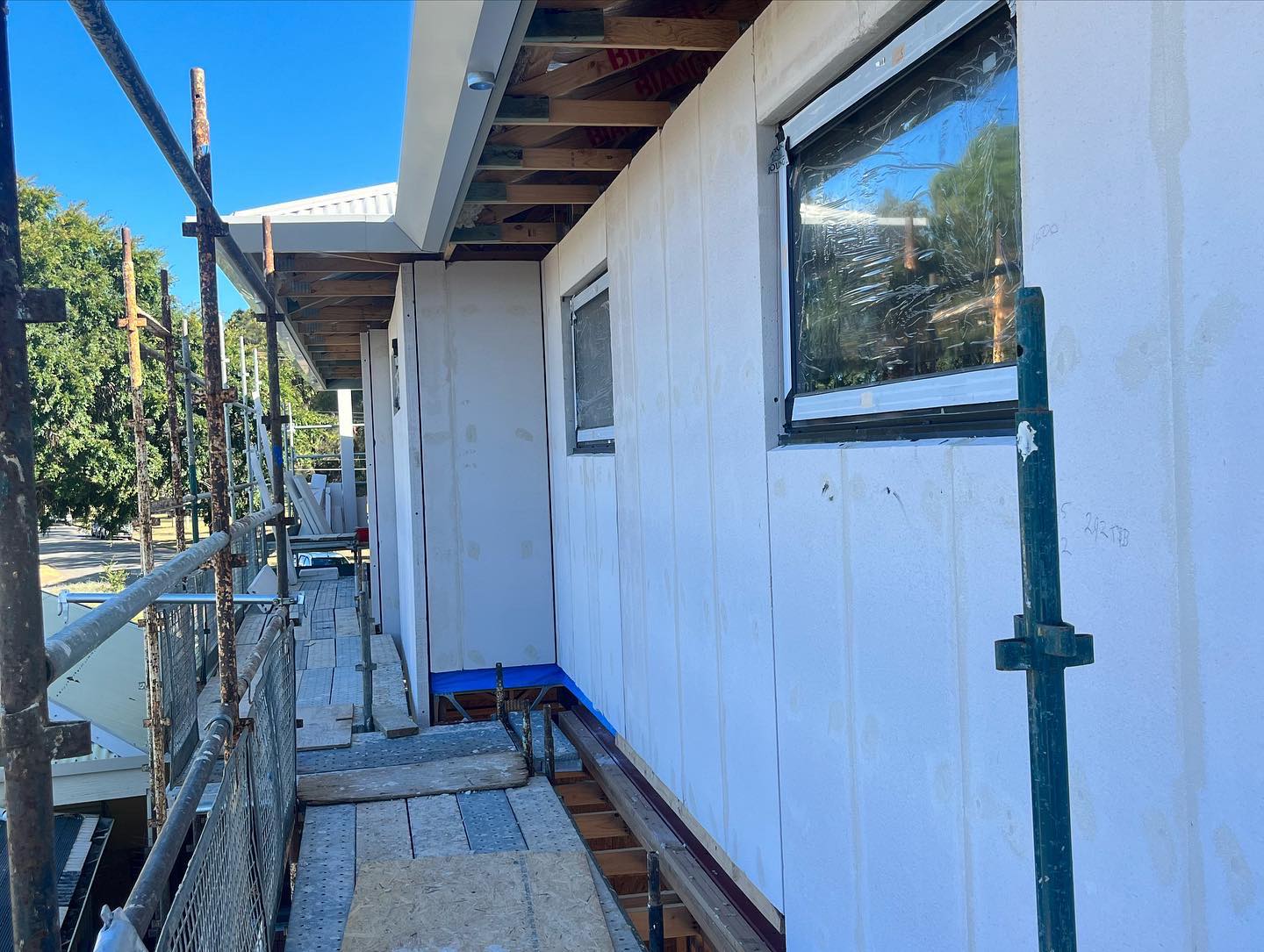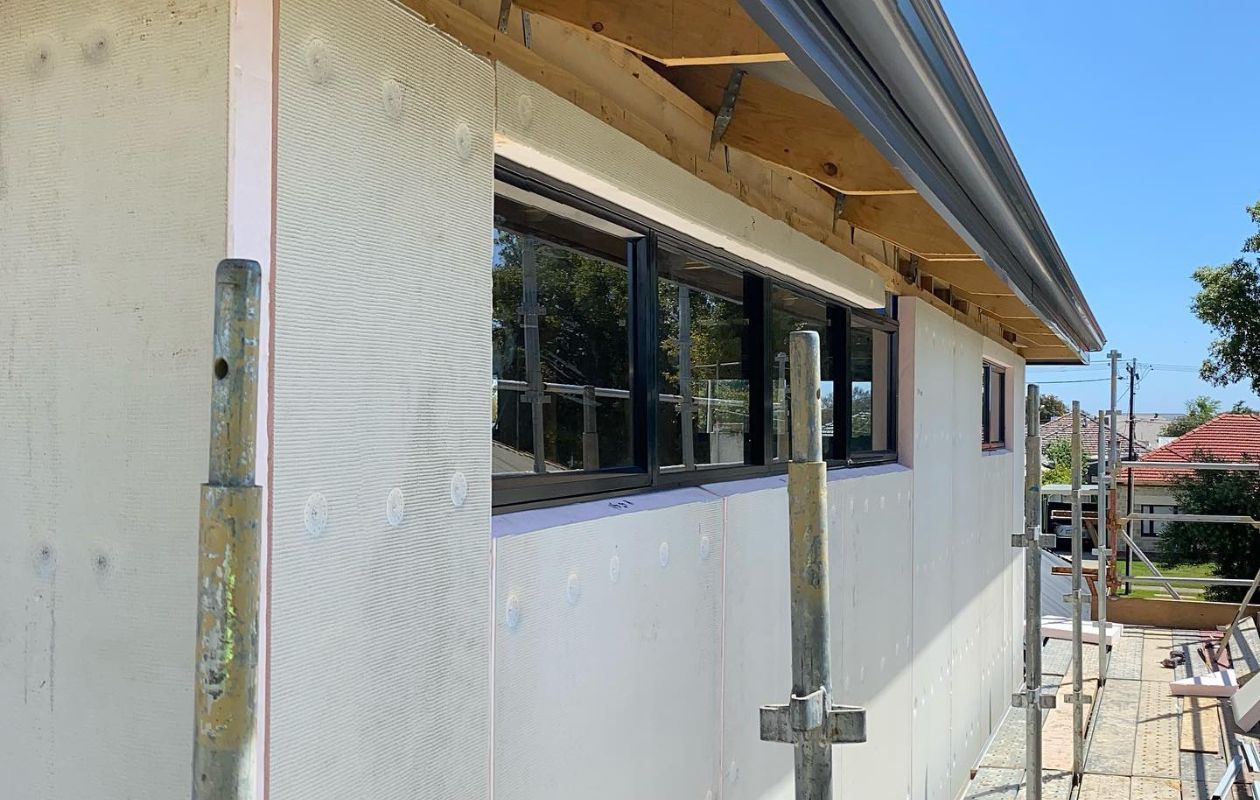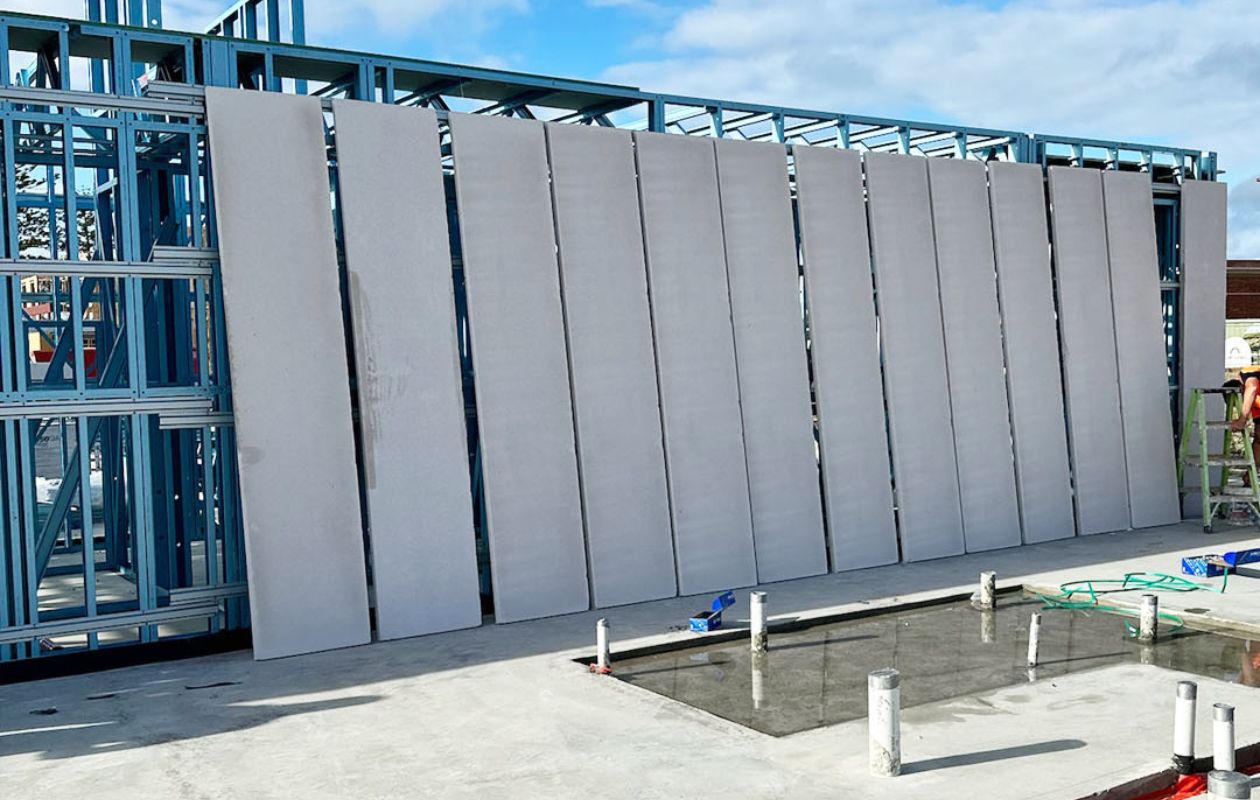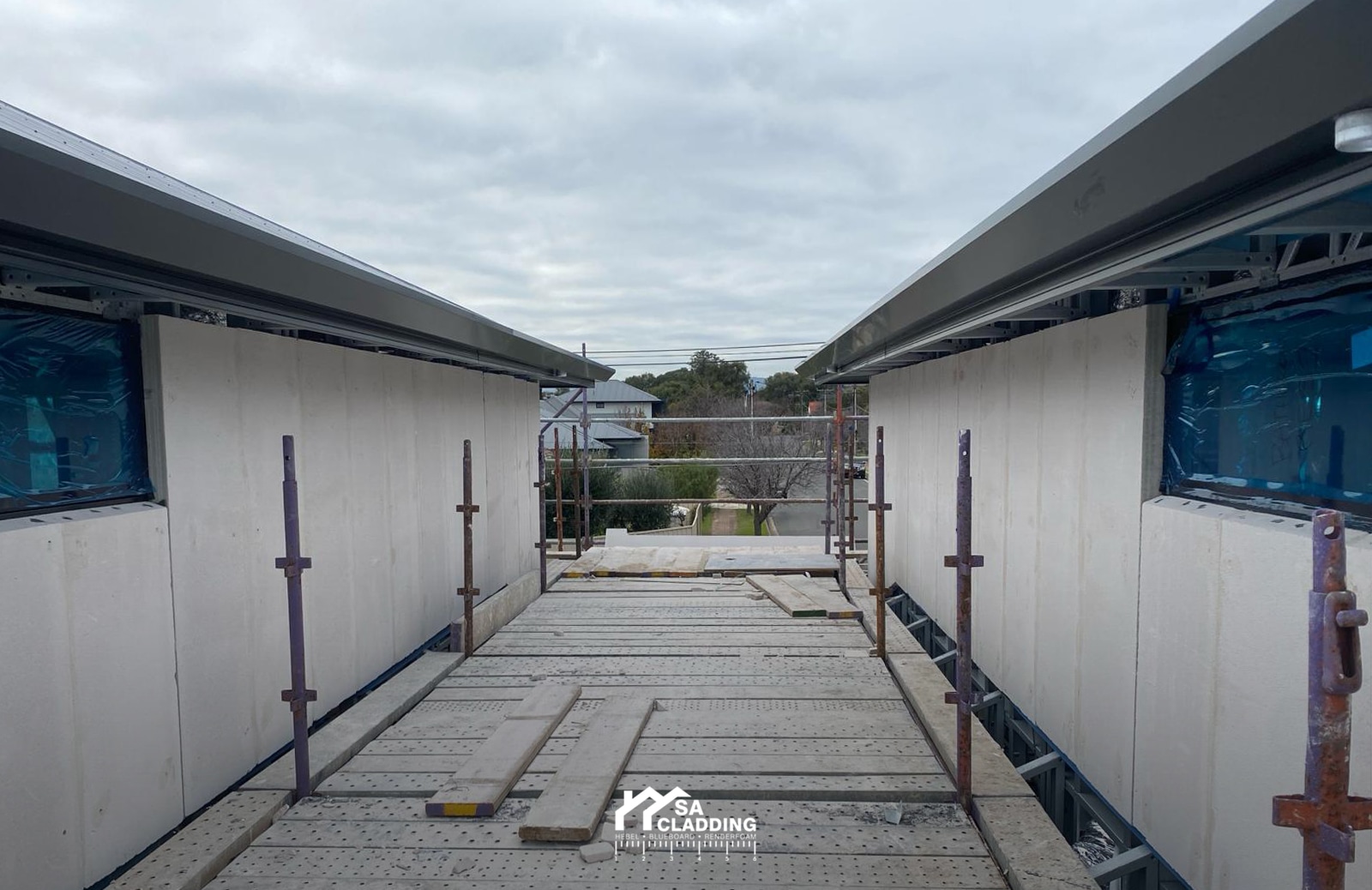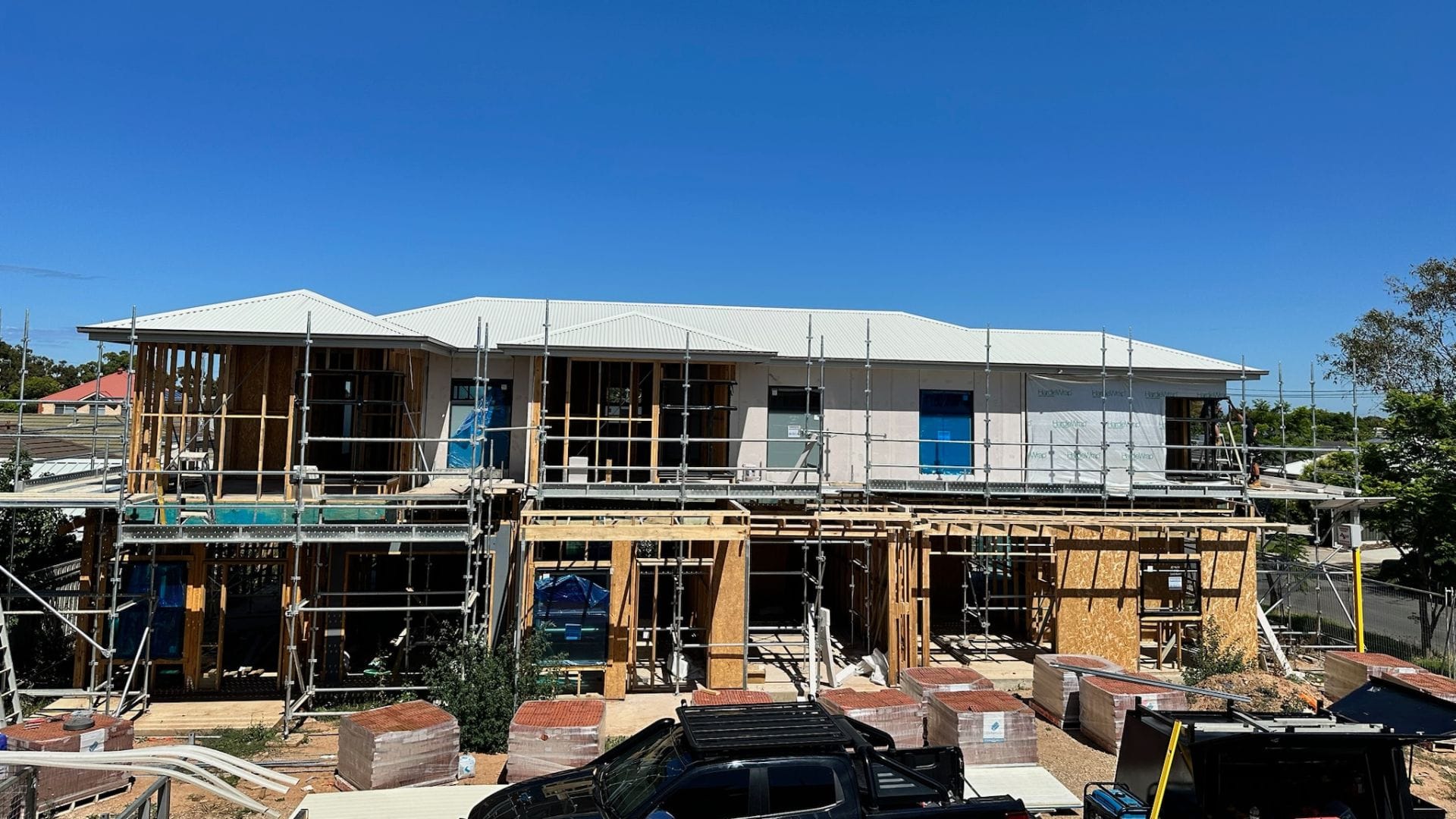Adelaide, the coastal capital of South Australia, boasts a rich architectural tapestry that seamlessly blends the old with the new. From its historic sandstone buildings to its sleek, modern skyscrapers, the city’s skyline tells a story of evolution, innovation, and a deep respect for its heritage. Central to this narrative is the role of cladding. In this article, we’ll delve into how cladding in Adelaide has played a pivotal role in the city’s iconic architectural transformations.
Historical Context
Adelaide’s architectural journey began with colonial-style buildings made of limestone and brick. These structures, with their intricate detailing and robust facades, stood as testaments to the city’s early settlers’ resilience and vision. However, as Adelaide grew and modernised, there was a need for building materials that could offer both aesthetic appeal and functional benefits. Enter cladding.
The Advent of Cladding in Adelaide
Cladding, at its core, is a protective or insulating layer fixed to the outside of a building. In Adelaide, the introduction of cladding marked a significant shift in architectural design. Builders and architects began experimenting with various materials, from timber to metal, to give buildings a fresh, contemporary look while also enhancing their energy efficiency and durability.
Iconic Transformations
Several of Adelaide’s iconic structures have undergone significant transformations, thanks to cladding. For instance, the once brick-and-mortar buildings in the city centre now sport sleek aluminium or glass claddings, reflecting Adelaide’s progressive spirit. These modern facades, while offering protection against the elements, also provide buildings with a distinctive character, making them stand out in the city’s architectural landscape.
Sustainability and Cladding
Adelaide’s commitment to sustainability has further propelled the adoption of cladding. Modern cladding materials, such as terracotta or fibre cement, offer excellent insulation properties. This means buildings in Adelaide can maintain a consistent internal temperature, reducing the need for artificial heating or cooling. As a result, structures clad with these materials contribute to the city’s sustainability goals by reducing energy consumption.
The Future of Cladding in Adelaide
As Adelaide continues to grow and evolve, so will the role of cladding in its architectural narrative. With advancements in technology, we can expect to see claddings that are not only aesthetically pleasing but also self-cleaning, energy-generating, and more resilient to the changing climate. The future looks bright for Adelaide, with cladding playing a central role in shaping the city’s architectural destiny.
Conclusion
From a protective layer to a key architectural element, Cladding Adelaide has evolved. It has played a pivotal role in transforming the city’s skyline, making it one of the most architecturally diverse and vibrant cities in Australia. As we look to the future, one thing is clear: Cladding Adelaide will remain central to the city’s architectural narrative, with SA Cladding leading the way.
Get in Touch with SA Cladding Today!
Adelaide’s architectural brilliance is a testament to the transformative power of cladding. As the city continues to evolve, cladding remains at the forefront of its architectural innovations. Join Adelaide’s skyline evolution with SA Cladding, the beacon of cladding expertise. With a legacy of excellence and a keen understanding of Adelaide’s architectural essence, SA Cladding is your go-to partner for all cladding needs. Don’t just be a spectator in Adelaide’s architectural renaissance; be a part of it. Reach out today and let’s shape the future of Adelaide together.

